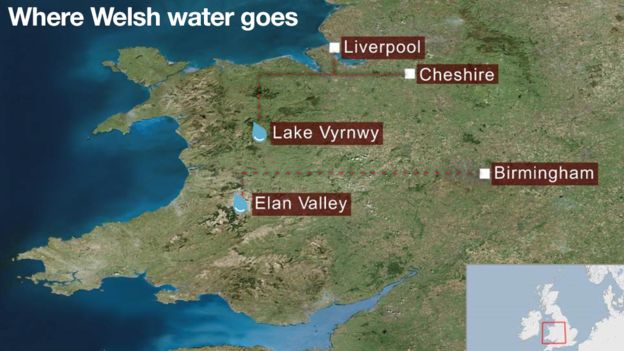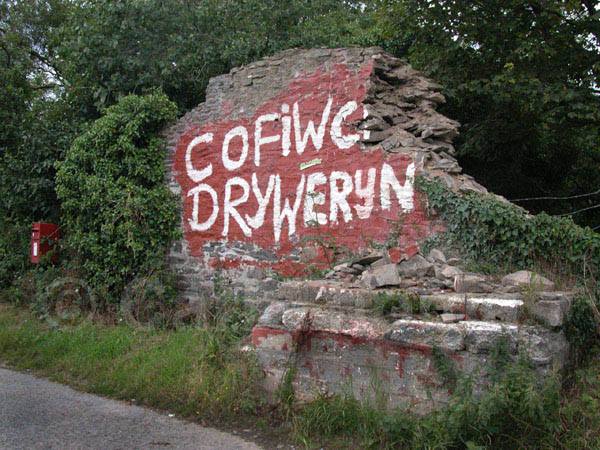Wales continues wetting the English
Over recent weeks there has been a spell of hot and dry weather over the British and Irish archipelago. This has caused water shortage concerns and has again raised the contentious issue of water from Wales going to England. Last week BBC Wales had an item on: "How much water does Wales pump to England?". The article points out that: 'Ever since a Snowdonia village was flooded in 1965 to supply Liverpool with water, the issue of pumping water from Wales to England has stirred strong emotions.'
Construction of the Tryweryn Dam and the destruction of the centuries old Welsh speaking community in the Tryweryn Valley and the village of Capel Celyn caused great anger in Wales and was pivotal in the development of modern Welsh nationalism. A group of Welsh Nationalists tried to stop construction of the dam over fifty years ago by blowing up infrastructure at the construction site. Their attempt to stop the work was unsuccessful and the controversial dam opened in 1965. Graffiti recalling the event is still displayed prominently in Wales and resentment about the way Welsh protests were simply ignored by the London government still festers.
Two water companies border Wales; Severn Trent Water and United Utilities. Severn Trent's water from the Elan Valley reservoirs mostly goes to customers in Birmingham via a 63-mile (102km) aqueduct. Approximately 133 billion litres per year supply Severn Trent customers in England. Water from Lake Vyrnwy is mostly used to supply United Utilities customers in Liverpool and Cheshire, but can be pumped to Manchester if needed. United Utilities can take 252 million litres a day from Lake Vyrnwy in Powys and 50 million litres a day from the River Dee. At present there appears to be no accurate calculation of how much is paid for this water. As with other Welsh natural resources, successful management and payment can only really be accomplished by an independent Wales.







